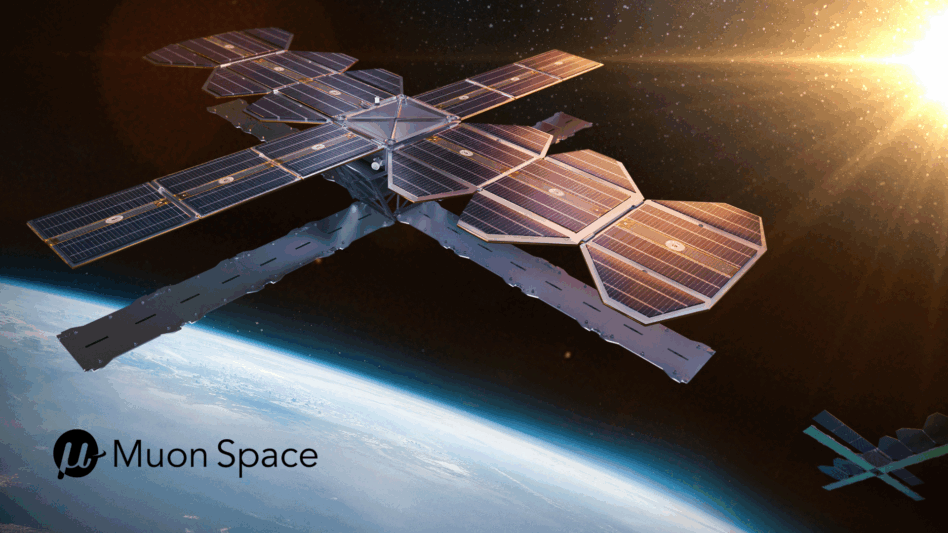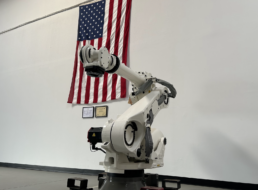Californian satellite manufacturer Muon Space pulled back the curtain on its latest satellite bus—an upgraded version of its MuSat, called MuSat XL—that will fly up to 300kg of payload in LEO.
The big reveal comes alongside the announcement of the first XL customer, Hubble Network, which is the Seattle-based startup building a constellation of Bluetooth-detecting sats for asset tracking.
Party bus: The MuSat XL gives satellite operators a few major upgrades over the previous MuSat platform.
- More capacity: MuSat XL has a total launch mass of 500kg, more than twice that of the smaller model’s 200 kg.
- More power: MuSat XL is equipped with more solar arrays, providing payloads 1kW of average power in orbit—5x greater than MuSat’s 200W.
- Better connection: MuSat XL also opens the door for future constellation customers to use optical communications links between satellites, which helps operators send data to ground stations with lower latency.
“Launch is going to make it such that there’s more and more incentive to put more payload, mass, and power in orbit. And so we see our kind of platform product line evolving with that,” Jonny Dyer, Muon’s CEO, told Payload.
Muon’s strategy is to continue building out the capabilities within its satellite offering, and selling entire systems to support payloads instead of just buses.
Dyer estimated that 90%+ of the XL satellite package was developed in-house, which makes integrating a payload easier than competitors who focus on COTS parts that don’t always play nice. The sat package includes Muon-designed avionics, operating system, power, attitude control, communications systems, and propulsion tech from Starlight Engines (which Muon acquired this year).
Loud and clear: Hubble is building a 60-sat constellation that can detect Bluetooth signals from space. The company operates seven cubesats in orbit, each equipped with ~100 antennas to listen for Bluetooth signals.
Hubble’s idea was to increase the number of antennas per satellite to over 2,000, which means the company was in the market for a larger bus with a lot more power. Despite being more expensive than cubesats, MuSat XL improves Hubble’s economics on multiple fronts, according to Alex Haro, Hubble’s CEO.
- Longevity: Hubble’s cubesats have a life expectancy of three to five years, but the company expects the MuSat XLs to last seven to ten.
- Detection quality: MuSat XL’s ability to host and power 20x more antennas than Hubble’s cubesats allows each sat to hear much weaker Bluetooth outputs. That capability opens the door for use cases inside of buildings, and for increasing the battery life of terrestrial transmitters.
- Capacity: Having more antennas on orbit means that Hubble can detect a much wider pool of Bluetooth transmitters. Hubble in turn can begin selling services to customers with tens to hundreds of millions of devices, and increasing their total pool of connected devices to the billions.
- Timing: Hubble’s first two MuSat XL sats are expected to launch their demo missions in the first half of 2027, and Hubble plans to work with Muon to have the full 60-sat constellation operational by the end of 2028.




